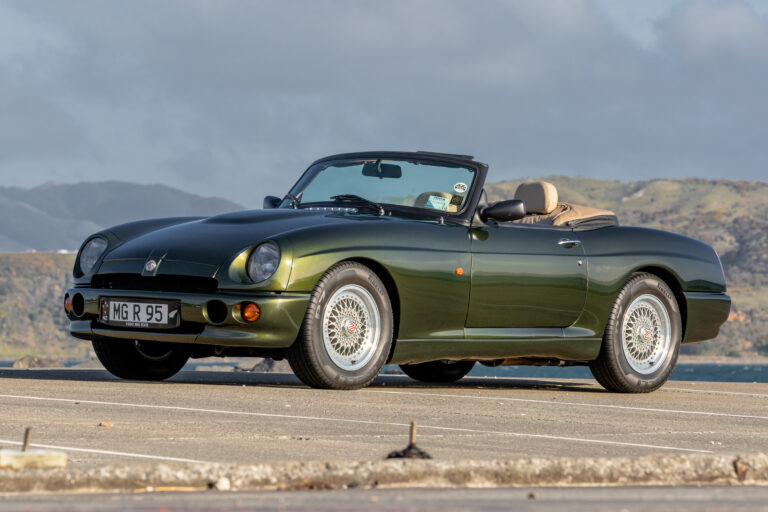The Silver Fern Rally holds a special place in New Zealand’s motoring scene — it was there as rallying began to take off in New Zealand in the late 1960s, and it has remained an integral part of New Zealand’s rallying scene ever since. In April of 1969 the Wellington Car Club organized the Shell-sponsored Silver Fern Rally — the country’s first true high-speed, special-stage rally.
In those early days, few events other than the Silver Fern Rally and Heatway International Rally were held. That would all change by the mid 1970s, with many car clubs beginning to run rally events.
The popularity of rallying in New Zealand, both at grassroots and top-tier levels, has survived through the decades and still remains strong. The last Silver Fern Rally was held last year, attracting the talents of both local and international rally drivers. Coverage from last year’s successful epay Silver Fern Rally 2014 will be broadcast at midday on Sunday, January 25, on TV3.
There is also a DVD available from Black Magic Media which runs for a further 40 minutes and contains more footage than the abridged version for television airing.


